Re-wilding isn't new: Britain's best gardeners were inspired by wilderness 300 years ago, and here's what we can learn from them
Gardeners searching for inspiration for natural, low-maintenance havens would do well to look to the late-17th-and early-18th-century wilderness, says Tilly Ware.

Modern day gardeners want to work with Nature, not overpower it. Wildflower meadows, no-dig veg patches and borders crammed with winter seedheads are top of their wish lists. Although wild-style gardens (as opposed to simply wildly neglected ones) fit with ideas of ecological stewardship and a harmonious relationship with the earth, they can also be a tough trick to pull off. No one lusts after thickets of brambles, but too much fiddling about and the naturalness is quickly lost. Gardeners searching for that balance may find inspiration in a design idea that dominated English gardens about 300 years ago: the wilderness.
Wilderness is a slippery word with many connotations, but, in garden history, it is emphatically not wild. It is wildness that is artfully contained. Highly fashionable in the late 17th and early 18th century, a wilderness was an ornamental group of trees with a strong pattern of permanent paths through it. The areas between paths (‘quarters’) were densely planted with mainly native species and usually lined by hedges.
At the intersection of paths, there were open clearings, known as cabinets, where you might find a statue, fountain or specimen tree. Stephen Switzer, writer and creator of the wilderness at Castle Howard in North Yorkshire, had high hopes for these cabinets, in which he believed, ‘the Mind may privately exult and breathe out those Seraphick Thoughts and Strains, by which Man is known and distinguish’d as an Intelligent Being’. A prototype of forest bathing, perhaps.

One of the earliest references to a wilderness is at Ham House, west London, in the 1650s. It is also now one of the few places where you can walk in one, as the National Trust has recently reconstructed the rectangular space cut with straight and curving paths, enclosed by high hornbeam hedges. A few miles away, at Hampton Court Palace, there are similar plans for restoration. Leonard Knyff’s splendid 1702 panoramic painting details the spectacularly grand wilderness to the north of the palace, an intricate scheme of flat-topped hedges and dense trees, filled with a lacework of labyrinthine paths, as well as two mazes.
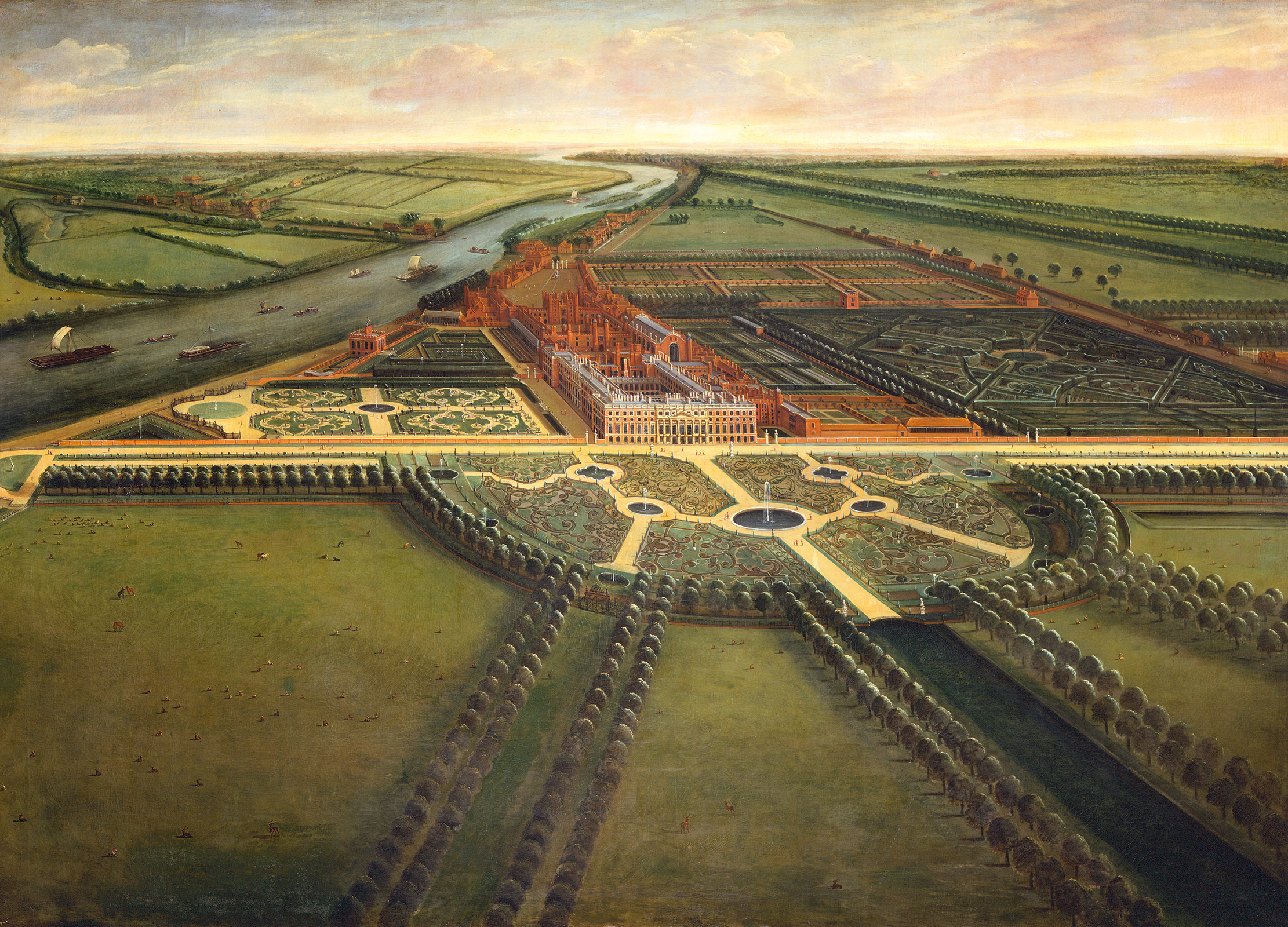
It remained relatively intact until the 1850s, before becoming overgrown, muddled by interplanting and morphing into a general woodland. It is now a grassy picnicking spot covered with hordes of daffodils. Yet ‘a number of paths survive, the wilderness didn’t completely vanish,’ explains Todd Longstaffe-Gowan, the garden historian and designer who has rehabilitated the Royal Palace gardens for the past three decades. He plans to strengthen existing paths and reinstate the guitar-shaped central design of the wilderness, using yew, hornbeam, beech and mixed native hedging.
‘The precedent is an idea of hedges hiding cabinets that you can thread your way through, each with a different character,’ describes Mr Longstaffe-Gowan. ‘You get lost, you don’t quite know where you are. It is safely thrilling.’ It would also have been, he points out, a bold contrast to the flat, formal Dutch parterres of the time. The wilderness offered secrecy and privacy when these must have been in short supply.
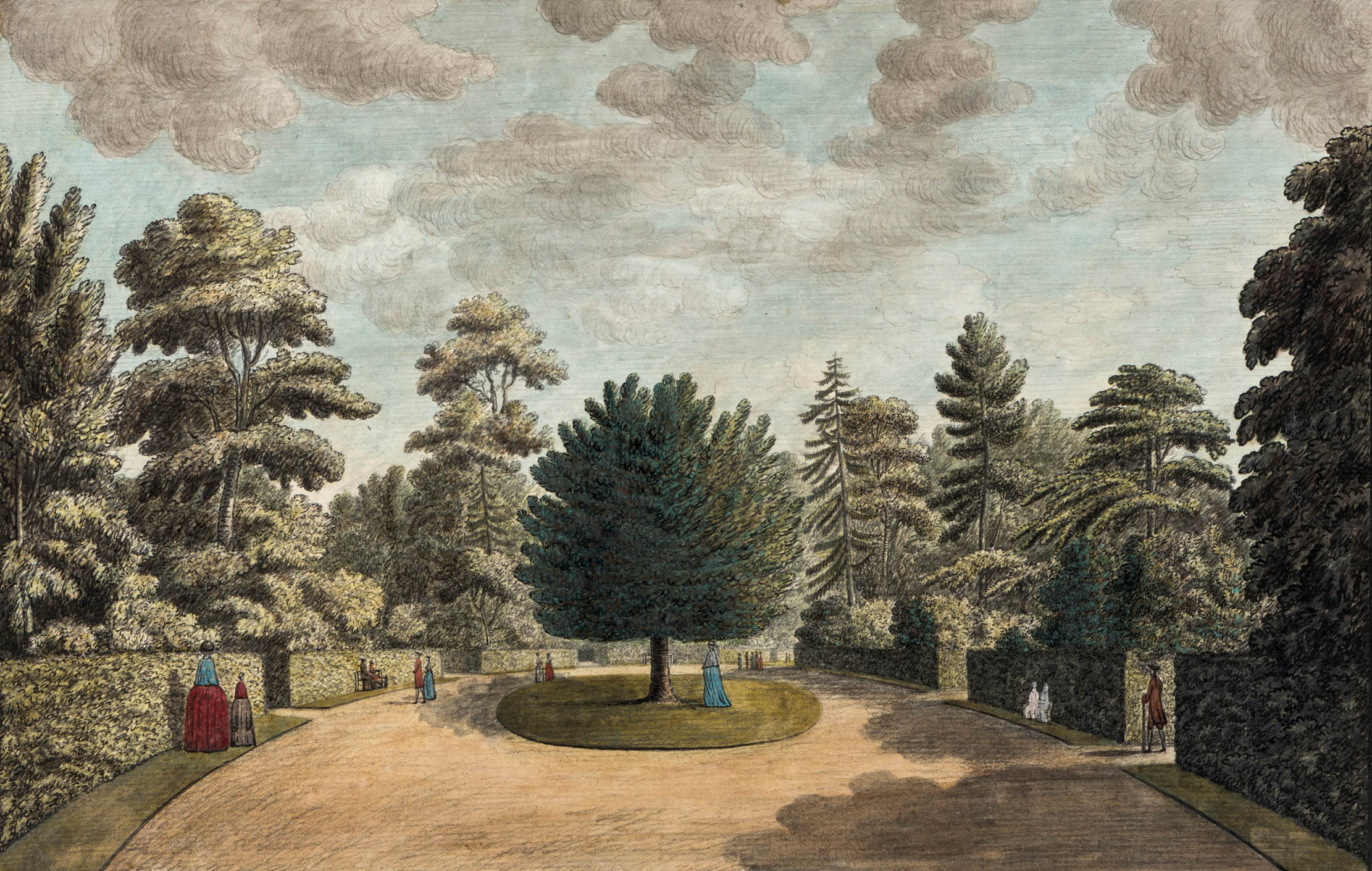
By the 1730s, landscape designer Charles Bridgeman was busy creating wildernesses at Wimpole in Cambridgeshire, Stowe in Buckinghamshire and Blenheim Palace and Rousham in Oxfordshire. Rousham was famously modified and expanded by William Kent, but it was Bridgeman who, as The Oxford Companion to the Garden puts it, kickstarted a ‘formal garden with informal yearnings’.
Exquisite houses, the beauty of Nature, and how to get the most from your life, straight to your inbox.
Bridgeman was the first to plunge into the woodland with a mix of straight and meandering paths; he also added the pools. Rousham’s woods have wilderness stitched into them: a harmony between Nature and artifice that is deeply moving and affecting. Few of us can magic up cascades, temples and Roman statues, but we can all emulate the cool stillness of clipped evergreens under crown-lifted trees and the invitation to snake through shades of green.

As the 18th-century landscape movement grew, many wildernesses were slowly dismantled, cleared in favour of pasture or copses. Only a handful were left standing, such as at St Paul’s Walden Bury, Hertfordshire, where grand hedged alleys in patte d’oie formation are still in place, albeit replanted in beech in the 1930s. Walking down the grassy paths, you are swallowed by an immense canopy of oak, hornbeam, beech, fir, ash and sycamore. Originally harshly trimmed, the trees are now left to grow out into magnificent giants.
The garden also houses rare plants from the Himalayas, neatly illustrating the changes that swept through horticulture in the late 18th and 19th centuries. The constant arrival of exotic plants from abroad led to the rise of the shrubbery and the associated pleasures of collecting and one-upmanship; by the beginning of the 20th century, plant hunters such as George Forrest had introduced more than 300 species of rhododendron alone. Many of these woodland plants demanded specific growing conditions, more light and more open space; the gardener’s priority was not to maintain a cat’s-cradle design, but to create a sympathetic home for their precious treasures.

A wilderness requires no special position, help from the Gulf Stream or cosseting tricks. The main body of planting can be any native woody plants that will thrive in your soil, with a mixture of deciduous and evergreen for year-round interest. Beech or hornbeam work well for the high hedges, as they are quick to mature; the ‘quarters’ can be tightly packed with contrasting pyramidal, conical and spreading shapes. The 18th-century rules on wilderness planting varied so much that there practically were no rules.
Fruit trees, flowering shrubs, wild strawberries, violets and primroses were recommended. Multifunctional species, such as crabapple or hazel, that provide both wildlife benefits and edible crops are a good addition; a wilderness can be a perfect place for perma-culture and forest gardening, where the hedges create a shelterbelt for emerging plants stacked in varying heights. The decision between mown paths and gravel ones depends on your desire and tolerance for raking leaves off gravel. There will be very little other maintenance, apart from hedgecutting and a little tree work.
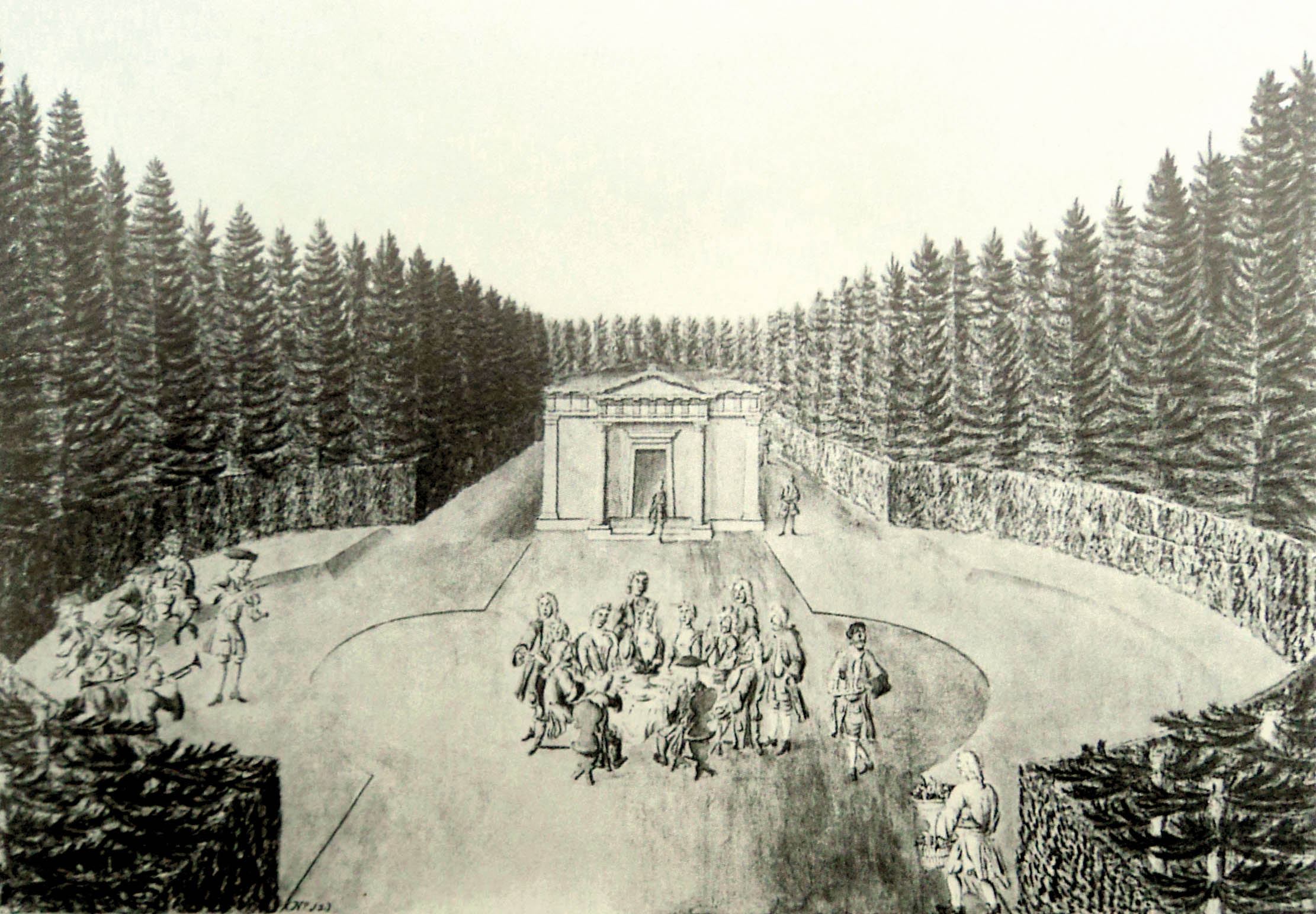
Wildernesses do not have to be rural; they were recommended as an alternative to city squares by a London nurseryman, Thomas Fairchild, in 1722. He argued that they would attract birds, provide variety, offer shade and privacy and cope well with the polluted air. All still true today.
The key difference between a wilderness then and a wilderness now is how we experience it, having lost the religious and classical references that 17th- or 18th-century visitors would automatically bring with them. A modern wilderness might, instead, remind us of a few vital lessons: to slow down, to think sustainably, to balance order with a light touch and, most importantly, to spend a little time getting lost.
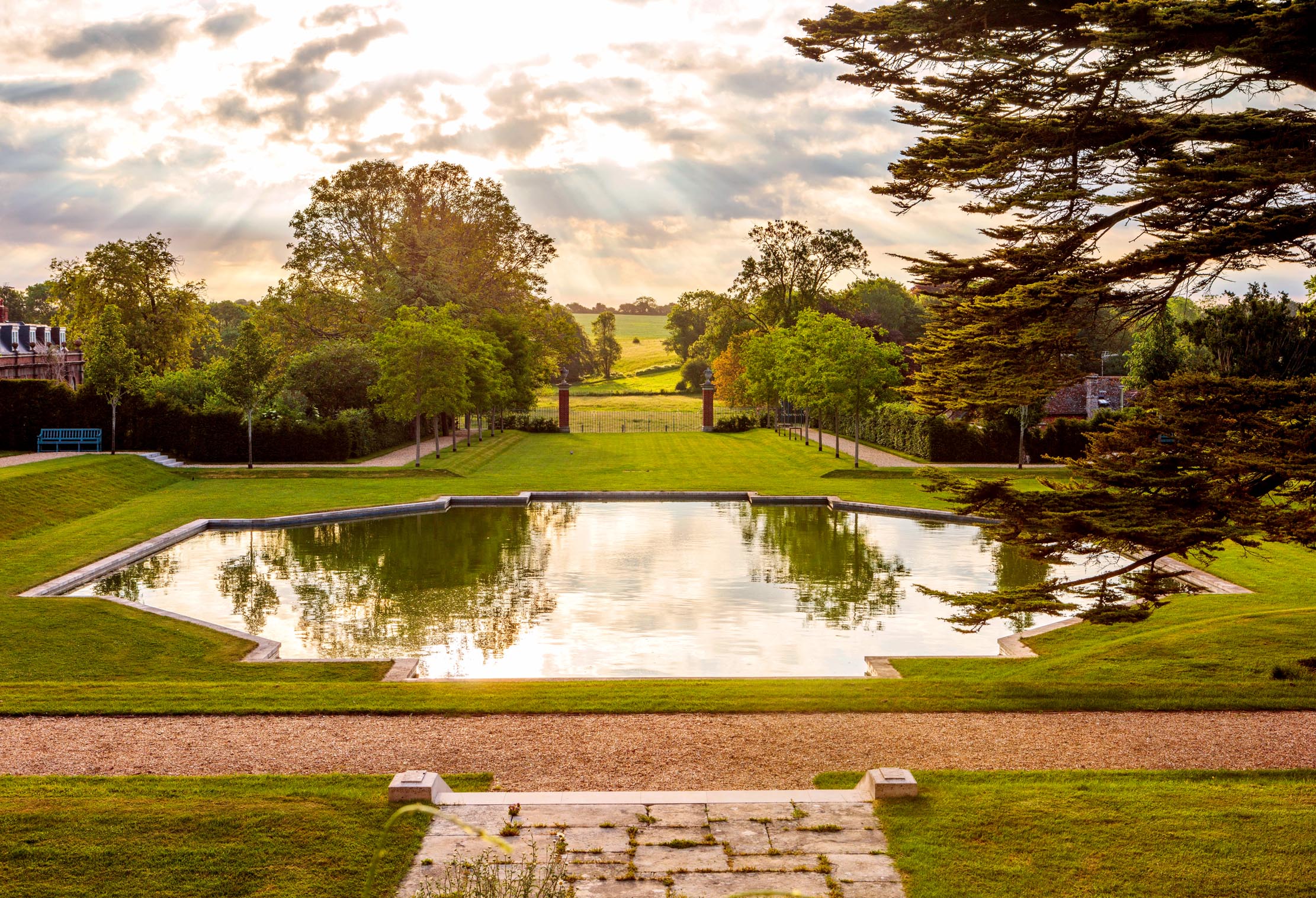
Chettle House Gardens: A special place, a fascinating history, and gardens that become softer and more romantic with every passing year
Hidden by gentle neglect and revealed by research, the remarkably intact 18th-century garden of Chettle House, Dorset, has been brilliantly
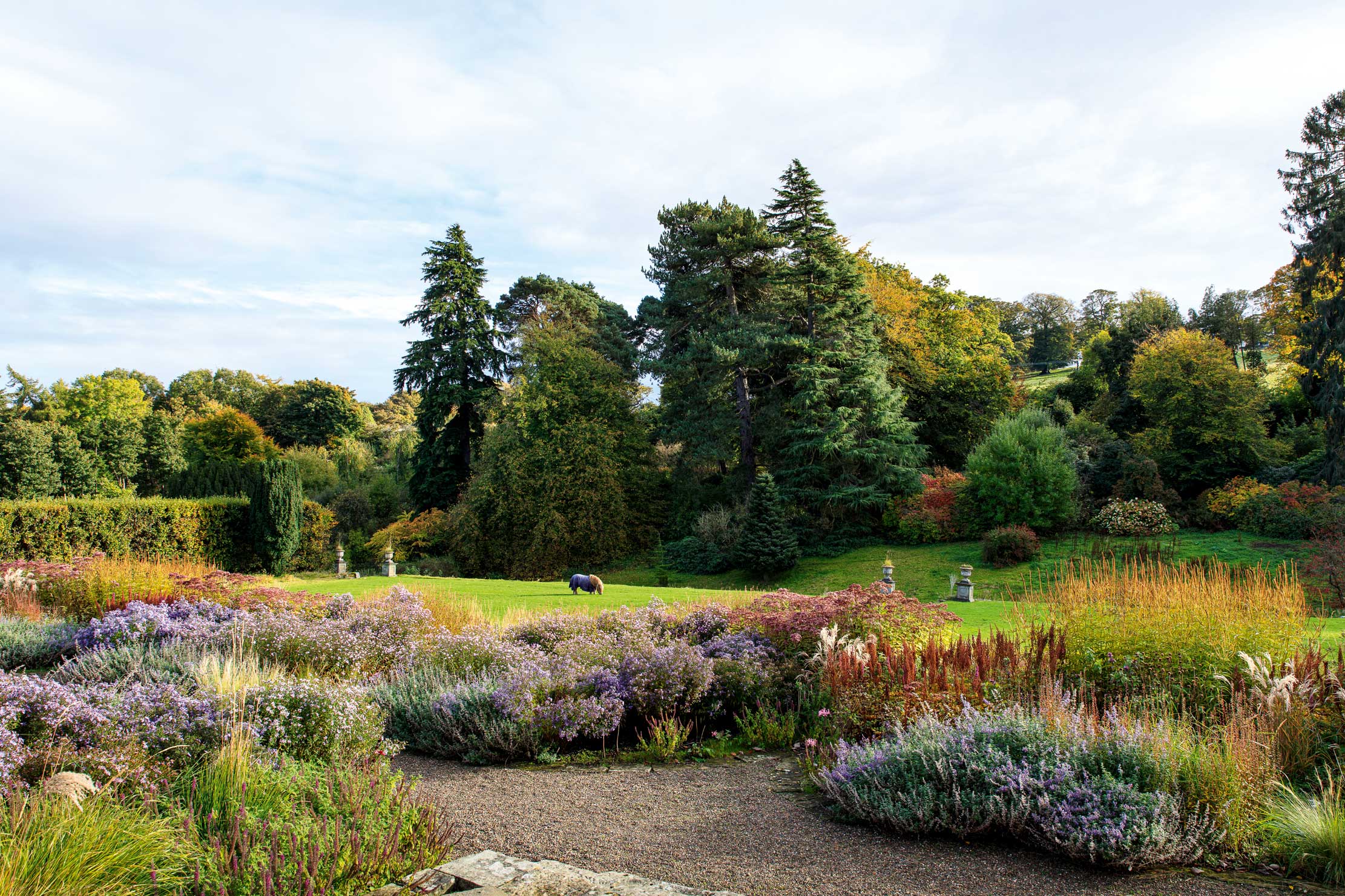
Hopetoun House: Wall-to-wall brilliance in an extraordinary 12-acre former kitchen garden, and an inspiration to keen amateurs everywhere
Inside the early-18th-century walls of Hopetoun House, West Lothian, bold planting schemes and original designs are providing an exciting new

Marble Hill, Richmond-upon-Thames: Restored to good nature
A restoration project that aims to revive the landscape garden setting of an outstanding 18th-century villa throws new light on
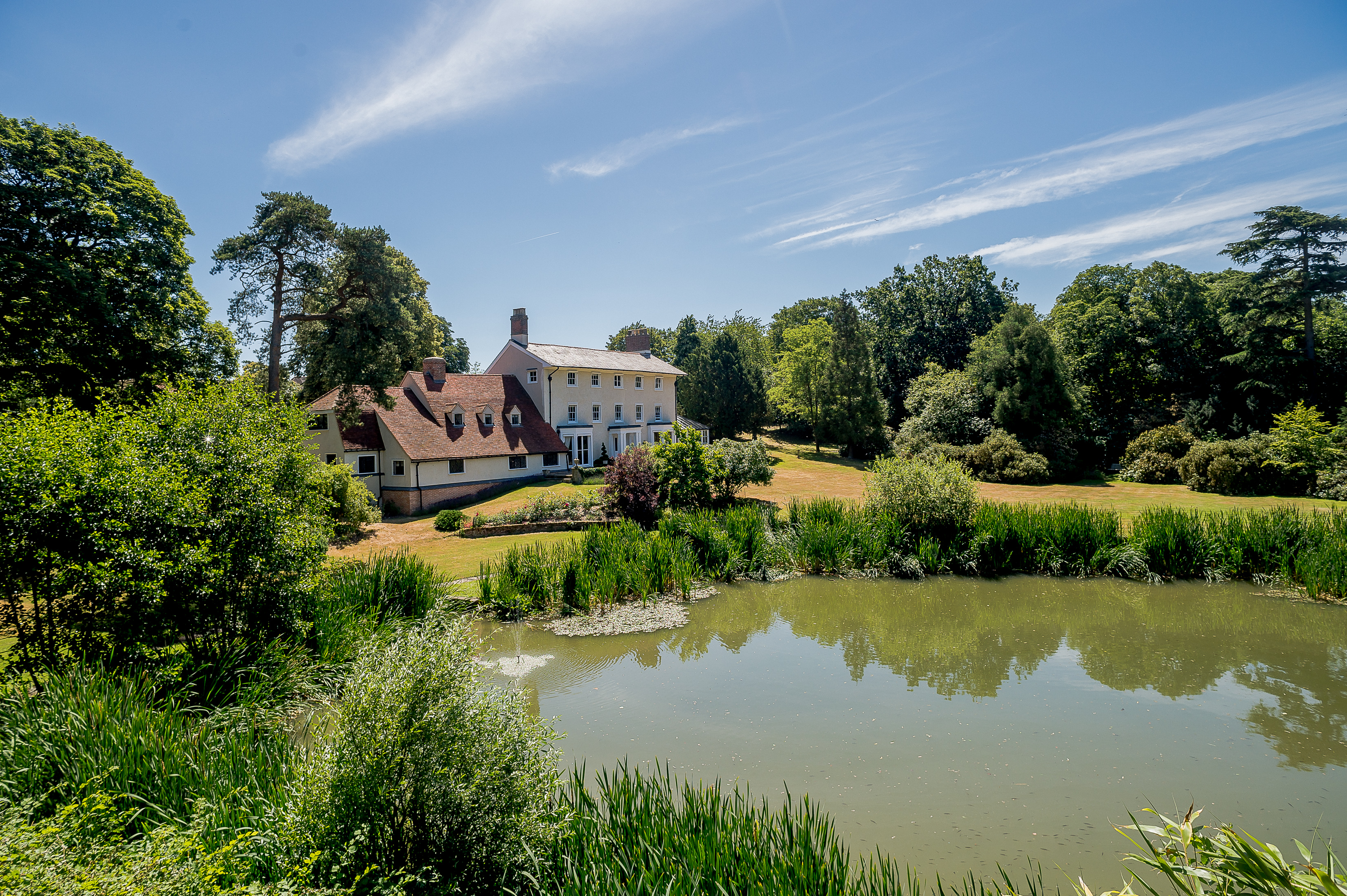
Credit: Jackson-Stops
A fully-reinstated 18th century mansion, with an ornamental lake with 14 acres of gardens
With its Georgian addition and beautiful lake, Park Hall earns its spot as one of the best homes in the
Tilly Ware is a gardener and gardening writer.